Refugee Day: Photos of a historic migration of people seeking safer and better lives
A settlement for Syrian refugees in the Bekaa Valley, Lebanon.
To mark World Refugee Day, The World's Beirut correspondent Richard Hall selected images from his reporting on the historic movement of migrants and refugees, across continents and oceans, from the past few years.
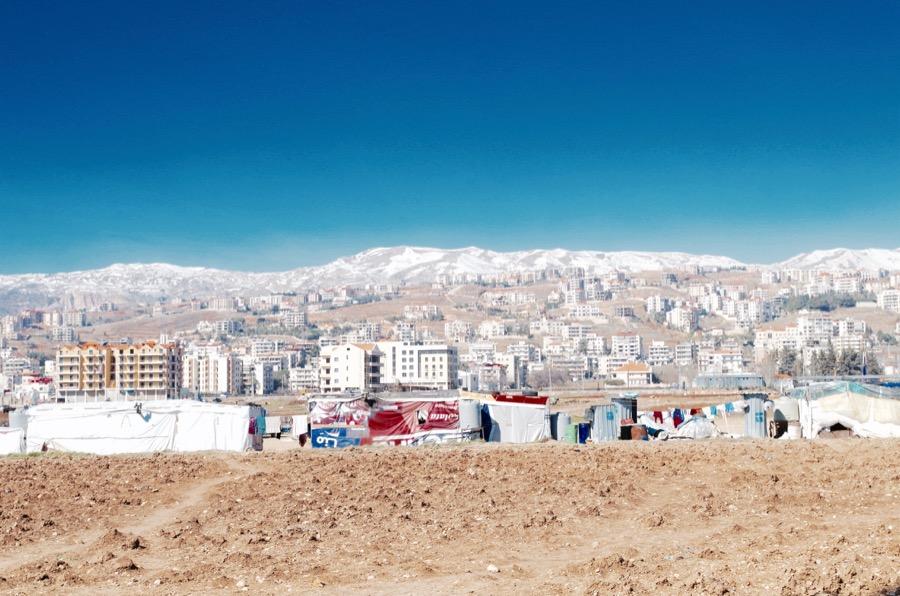
This is what a “refugee camp” looks like in Lebanon.
The country is hosts more than 1 million Syrians who fled the war next door. Tens of thousands of them live in informal settlements like this. The Lebanese government forbids Syrian refugees from building of permanent structures. They don’t want them to get too comfortable and stay for a long time. The result is that many Syrians have lived in these structures for years: They are hot in the summer, freezing in the winter.
Read: Lebanon doesn’t want Syrians getting too comfortable. Even in winter
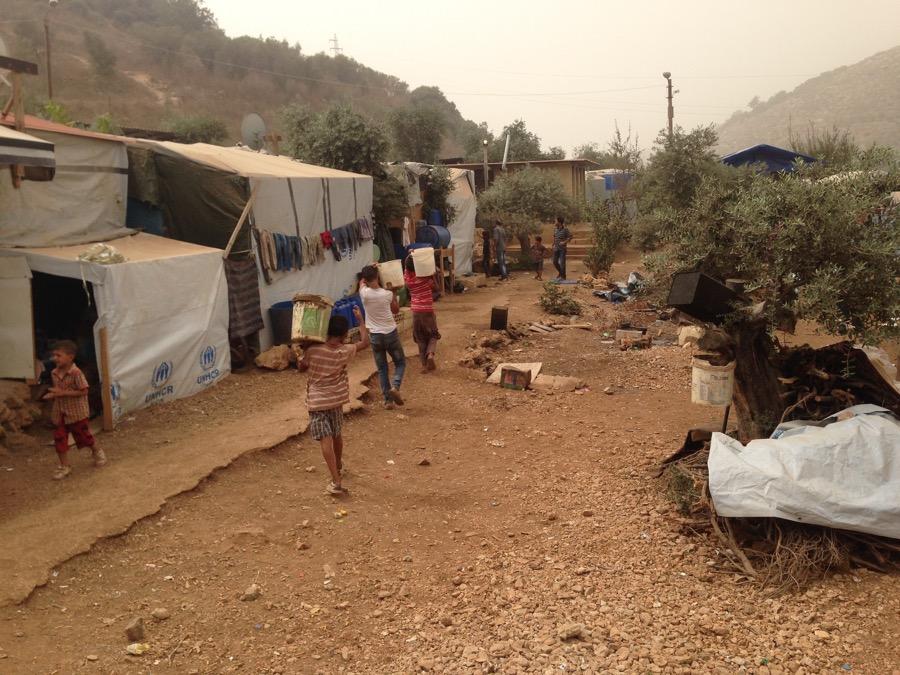
By the fall of 2015, one small village in Lebanon was hosting more Syrian refugees than the entire United States had taken in from the start of the Syrian war. Some locals let the newcomers use their land for informal camps. While others charge rent.
Read: One village in Lebanon hosts as many refugees as the entire United States
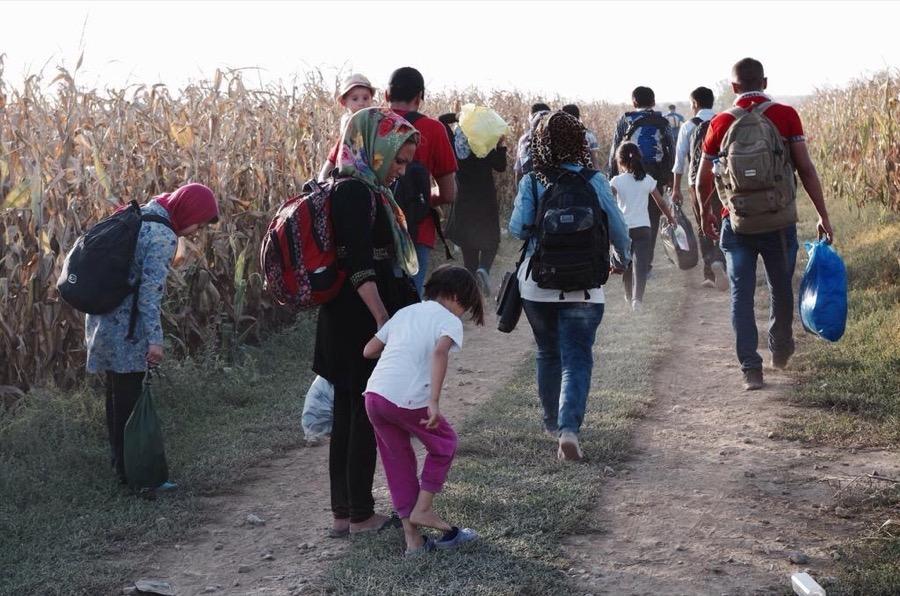
In 2015, the Syrian refugee crisis spilled into Europe in what became a record migration to the continent. Hundreds of thousands made the journey across land to find safety within European Union borders. Most Syrians were heading to Germany, where Chancellor Angela Merkel had promised to welcome them. The journey was arduous, and involved long walks through fields to cross borders. In this picture, a family crossed from Serbia into Croatia, a day before the border was closed.
Read: Croatia closes its border, but migrants keep coming anyway.
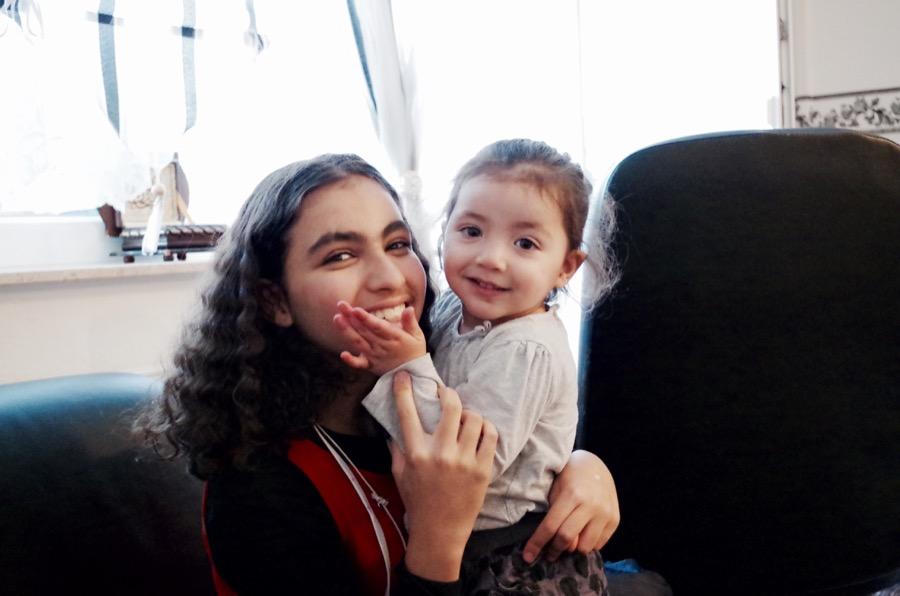
Merkel’s decision to open the doors to Syrians fleeing war followed a remarkable interaction with a Palestinian refugee named Reem Sahwil. At a televised question-and-answer sessions with the German chancellor, Sahwil asked why people like her faced deportation from Germany, where she had lived for years and gone to school. She broke down in tears during the interaction. Not long after that, Merkel’s policy softened.
Read: The girl who changed Merkel’s mind
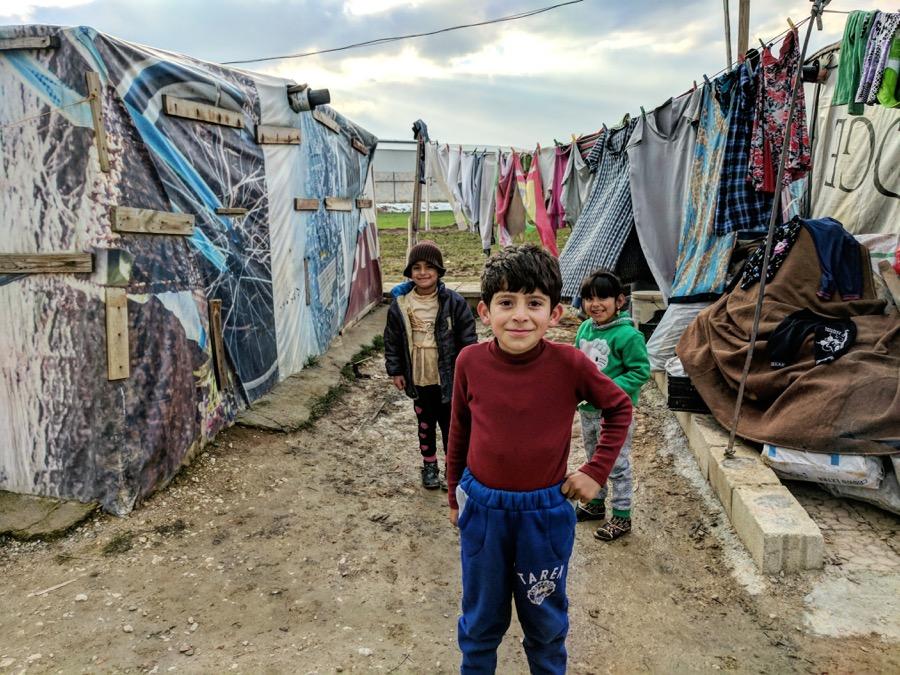
Children are a constant presence in all refugee camps. Many are unable to go to school, and so are forced to hang around the house all day. Some are even forced to go to work to provide for their family.
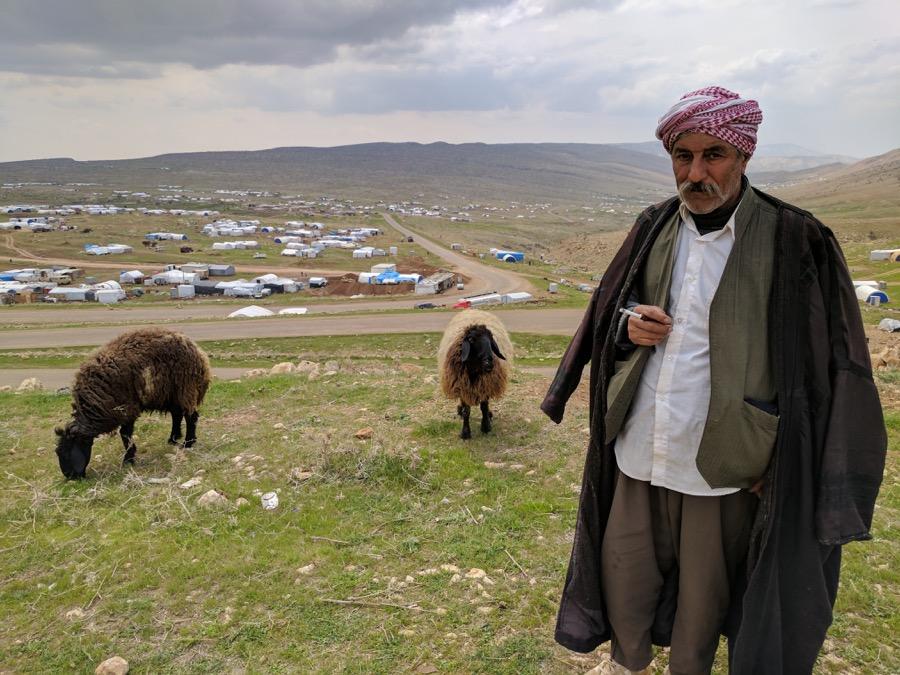
ISIS’ ferocious takeover of much of Iraq displaced more than 3 million people. The group killed thousands of members of the Yazidi minority, sending survivors fleeing to the mountains near their homes. More than three years after the ISIS attacks against their people, thousands are still stuck on the mountain.
Read: Years after US intervention, Yazidis are still stuck on the mountain
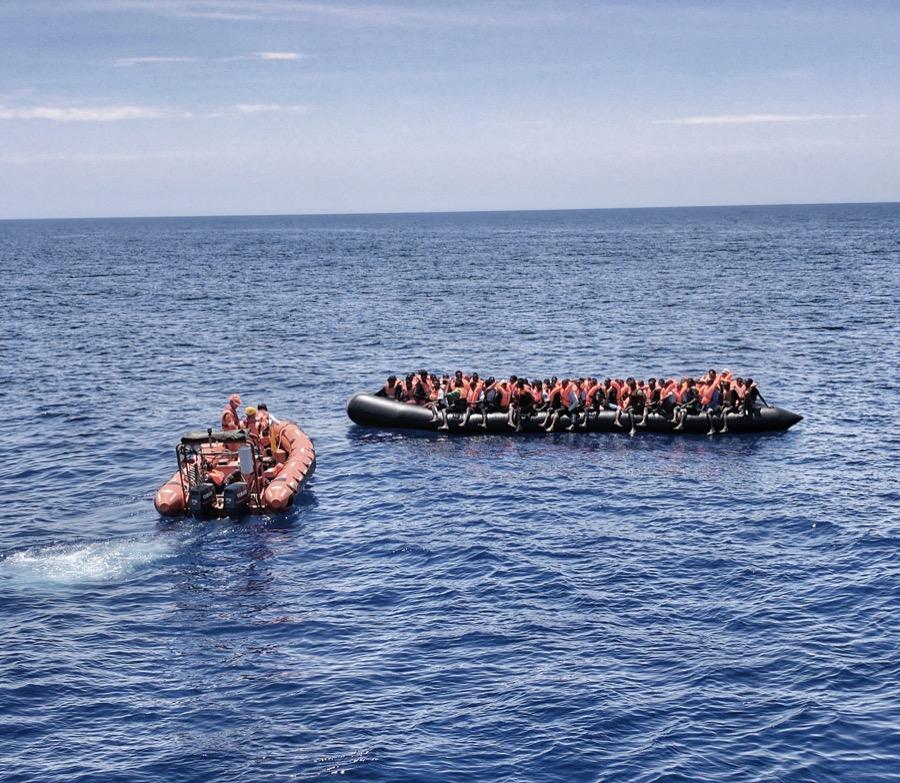
A lifeboat carries out a rescue operation of migrants on a dinghy off the coast of Libya. In 2016, the EU and Turkey struck a deal to stop refugees and migrants from entering Europe. As a result, land migration into the EU largely halted. But many thousands still take the deadly voyage from North Africa across the Mediterranean Sea. Most on board are from sub-Saharan Africa, fleeing poverty, conflict and political instability.
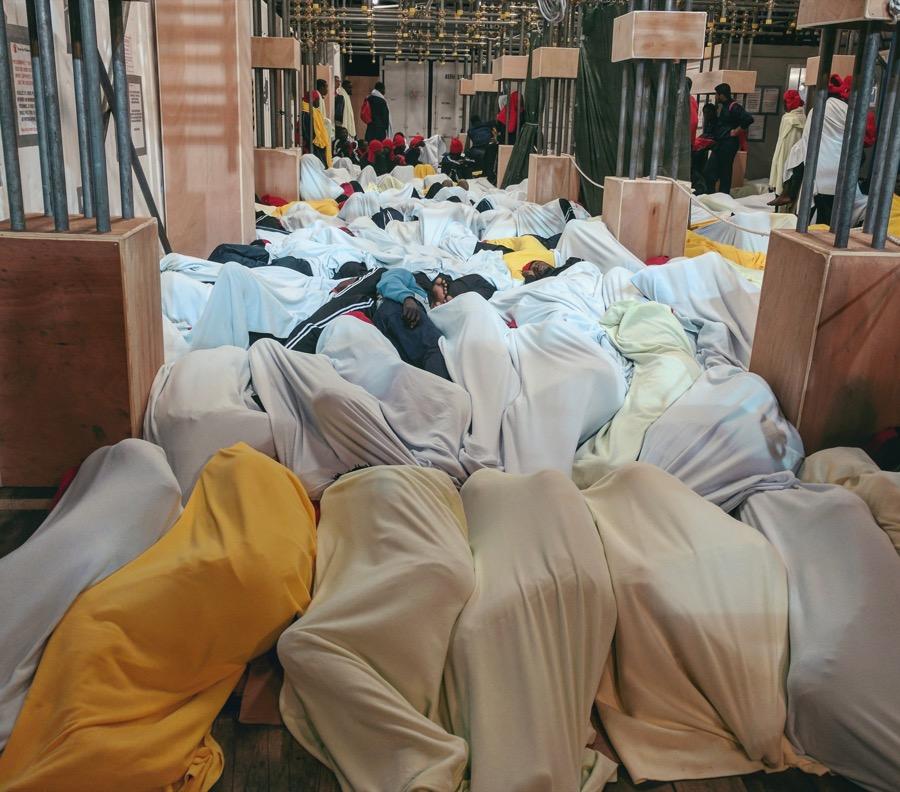
After Save the Children took them aboard its Mediterranean rescue ship, hundreds of migrants had to sleep on the deck, wrapped in blankets, on the way to Italy.
Our coverage reaches millions each week, but only a small fraction of listeners contribute to sustain our program. We still need 224 more people to donate $100 or $10/monthly to unlock our $67,000 match. Will you help us get there today?
.jpg&w=1920&q=75)